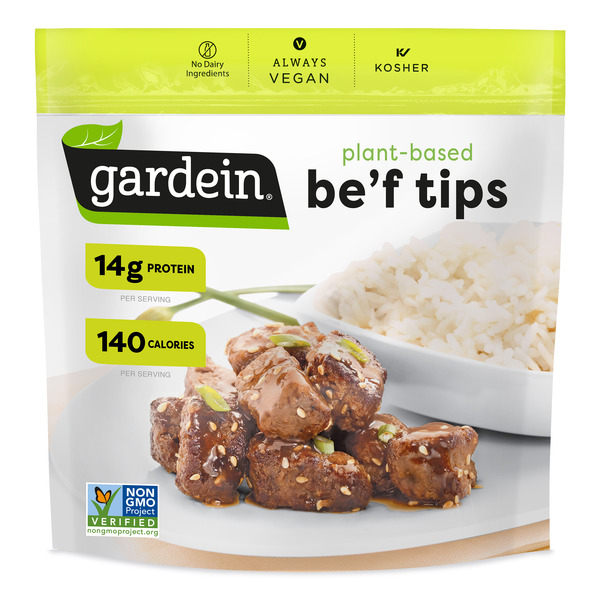
Ground beef is a versatile ingredient, lending itself to countless dishes from classic burgers to hearty stews. However, encountering those stubborn hard pieces in ground beef can quickly turn a culinary adventure into a frustrating experience. These tough bits often result from uneven rendering of connective tissue and fat during processing, leaving you with an unappetizing texture that detracts from the overall flavor.
This article will delve into the common causes of hard ground beef, explore strategies for achieving tender and flavorful results, and provide tips for cooking techniques that maximize tenderness. We’ll also share some delicious recipes featuring ground beef that showcase its versatility and potential for culinary delight.
Hard Ground Beef Causes
Several factors contribute to those unwelcome hard pieces in ground beef. Understanding these causes is the first step towards achieving a consistently tender and enjoyable eating experience.
- Connective Tissue: Ground beef contains connective tissue, which binds muscle fibers together. While this tissue breaks down during cooking, it can remain tough if not properly addressed.
- Fat Rendering: The fat content in ground beef plays a crucial role in tenderness. When fat renders evenly during cooking, it lubricates the meat and creates a more succulent texture. However, uneven rendering can leave behind pockets of hard fat that contribute to the overall hardness.
- Grinding Process: The grinding process itself can influence the texture of ground beef. If the meat is not ground finely enough or if the grinder blades are dull, larger chunks of connective tissue may remain, resulting in a tougher final product.
Grinding Your Own Beef
For ultimate control over texture and tenderness, consider grinding your own beef at home. This allows you to select the cut of meat, grind it to your desired fineness, and ensure even fat distribution.
- Choosing the Right Cut: Opt for cuts with a good balance of lean meat and fat, such as chuck roast or sirloin tip. These cuts contain enough marbling to contribute to flavor and tenderness.
- Using a Quality Grinder: Invest in a sturdy meat grinder with sharp blades. This will ensure a consistent grind and minimize the chances of large chunks of connective tissue remaining.
- Adjusting Grind Size: Experiment with different grind sizes to achieve your desired texture. A finer grind is ideal for burgers and meatballs, while a coarser grind works well for chili or meatloaf.
Breaking Down Hard Pieces
If you’re working with pre-ground beef that contains hard pieces, there are techniques to help break them down before cooking.
- Gentle Handling: Avoid overworking the ground beef as this can make it tougher. Handle it gently and avoid squeezing or pressing too hard.
- Cold Water Treatment: Submerge the ground beef in cold water for a few minutes. This helps relax the connective tissue and makes it more pliable.
- Mechanical Breakdown: Use your hands to gently break down any large chunks of fat or connective tissue before cooking.
Cooking Techniques for Tenderness
The way you cook ground beef significantly impacts its tenderness. Employing these techniques can help ensure a succulent and enjoyable result.
- Low and Slow: For tougher cuts, consider braising or slow-cooking the ground beef in liquid. This allows the connective tissue to break down completely, resulting in a melt-in-your-mouth texture.
- Don’t Overcook: Ground beef is best cooked to medium doneness (160°F internal temperature). Overcooking can dry it out and make it tough.
- Add Moisture: Incorporate moisture into your dishes by using broth, tomato sauce, or other liquids during cooking. This helps keep the ground beef moist and prevents it from becoming dry and hard.
Flavorful Ground Beef Recipes
Ground beef’s versatility shines in countless recipes. Here are a few ideas to inspire you:
- Classic Cheeseburgers: Seasoned ground beef patties topped with melted cheese, lettuce, tomato, and your favorite condiments on toasted buns.
- Hearty Chili: A flavorful blend of ground beef, beans, tomatoes, spices, and often cornbread for a satisfying meal.
- Spaghetti Bolognese: A rich and savory sauce made with ground beef, vegetables, and herbs, served over pasta.
Conclusion
Achieving tender and flavorful ground beef doesn’t have to be a challenge. By understanding the causes of hardness, employing proper cooking techniques, and exploring creative recipes, you can transform this versatile ingredient into culinary masterpieces. Remember, patience and attention to detail are key to unlocking the full potential of ground beef.
